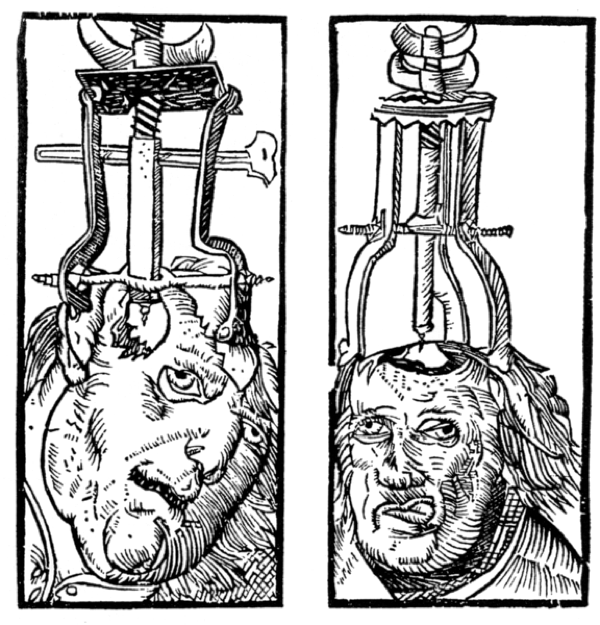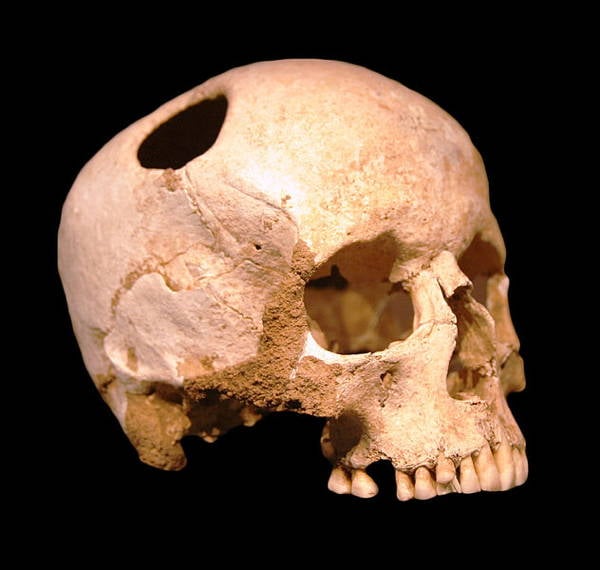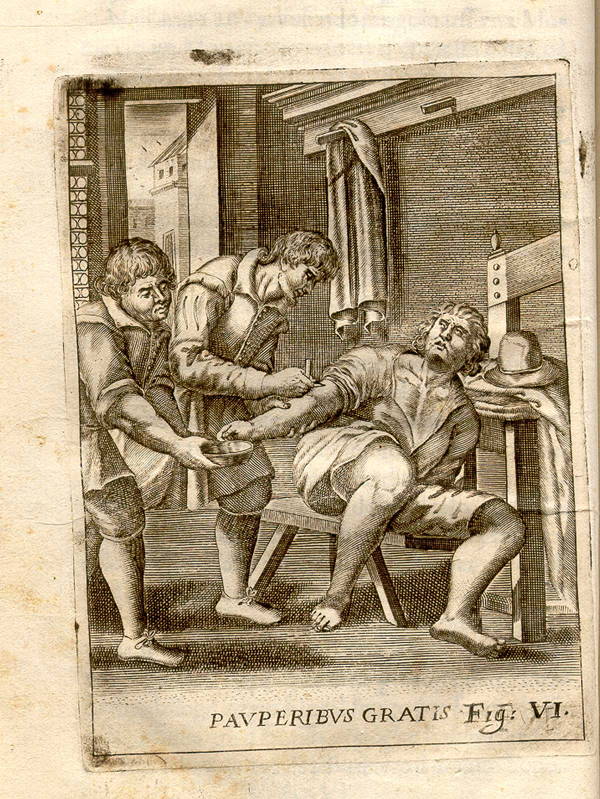Who doesn't want to drill a hole into their head to cure a headache?

The Most Painful Medical Procedures Of Medieval Times: Trepanning
Eclipsing the lobotomy in terms of age and pain, trepanning involved a physician cutting a hole into the skull of an individual suffering from what some believed to be mental illness, seizures or skull fractures.
The hole was typically cut into the dura mater and, surprisingly, the survival rate was very high and chance of infection remained low.
Metallic Catheters
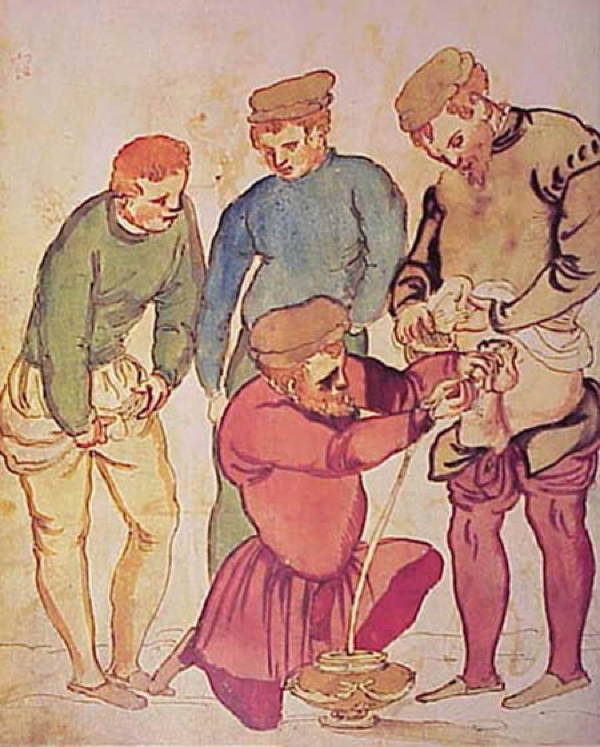
What we consider a minor nuisance in most hospitals today was once a matter of excruciating and occasional fatal pain in the middle ages. Due to various venereal diseases and a lack of antibiotics, many people suffered from a blocked bladder.
One way to fix that was to insert a long metal tube in through the urethra and, eventually, unblock the bladder. The success–if there was one–didn’t come without pain. Says one history textbook:
“The patient sits on a man’s lap…the physician stands before the patient, inserts two fingers into the anus, pressing with his left fist over pubes.” Ouch.
Cataract Removal
Avoiding a trip to the eye doctor is something many people do very well today. And rightfully so. But journey back to the middle ages and you’ll want to kiss your optometrist the next time you see him or her.
To rid people of cataracts, physicians would often use a knife or needle to remove the cataract through the cornea, and force the eye lens out of the capsule and to the bottom of the eye. Thankfully, the influx of Islamic medicine eventually drove this primordial practice into retirement, replacing the knifing with suction methods.
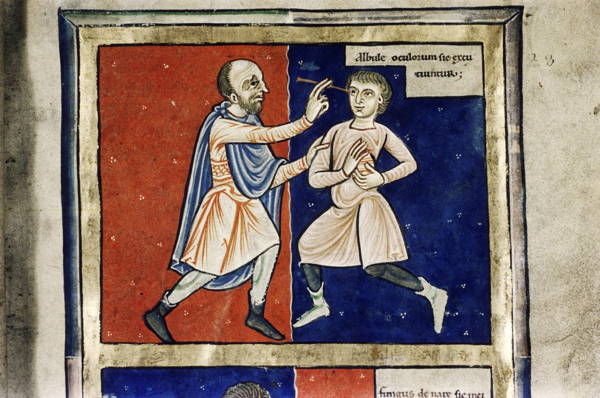
Dwale
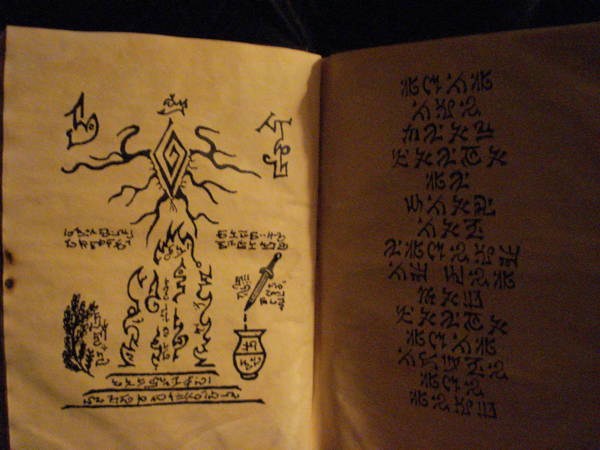
Contemporary homeopathic medicine might seem like complete farce, but at least it’s not as likely to kill you. Dwale (pronounced dwah-lay) comprised all sorts of potions, elixirs and concoctions inspired partially by pagan medical remedies, however some of these potions were so potent that they could actually kill you.
Said remedies included lettuce juice, castrated boar gall, and hemlock juice — all of which were mixed with wine. And while these libations may have ended the illness, it was often only because they ended your life.

Painful Medical Procedures Of Medieval Times: Clysters
Despite its rather draconian and monstrous appearance, the clyster was essentially a proto-enema enjoyed by many people–even King Louis XIV.
Consisting of a long metallic tube, the clyster was inserted into the body directly through the anus so that various liquids could pass through it. Some historians speculate that Louis had over 2,000 clyster applications during his reign.
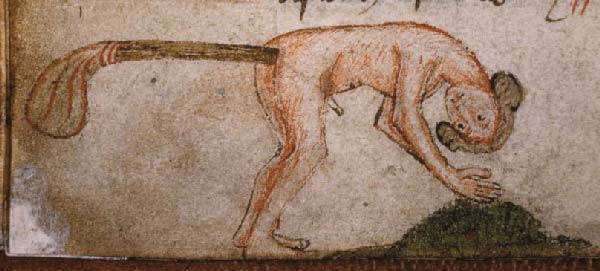
Bloodletting

Source: Wikipedia
A fairly common practice throughout medieval times, some believe that bloodletting was modeled after the menstruation cycle as it “purged women of bad humors,” the most salient of which being blood. The practice could be done by barbers, ostensibly taking a break from trimming their client’s hair.
To do so, the physician/barber would make a small cut in the inner arm and release an amount of blood that was determined by the individual’s age, health, weather and current place. No, it doesn’t make much sense to us, either and definitely seems like one of the more unnecessary and painful medical procedures of Medieval times.

If you enjoyed reading about the most painful medical procedures of medieval times, be sure to read the most painful torture devices of the Middle Ages and the disgusting truths of pre-industrial life.
